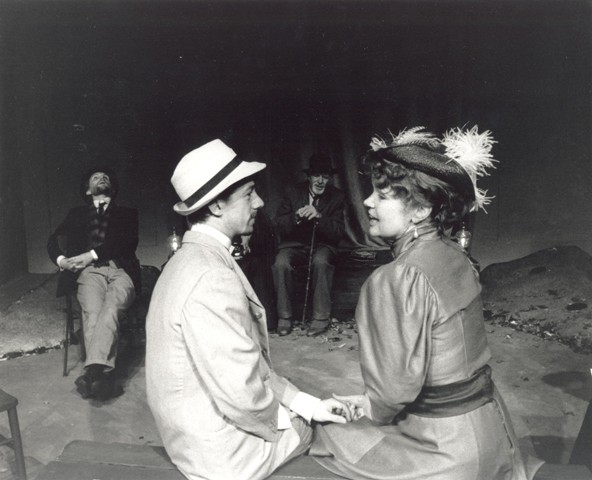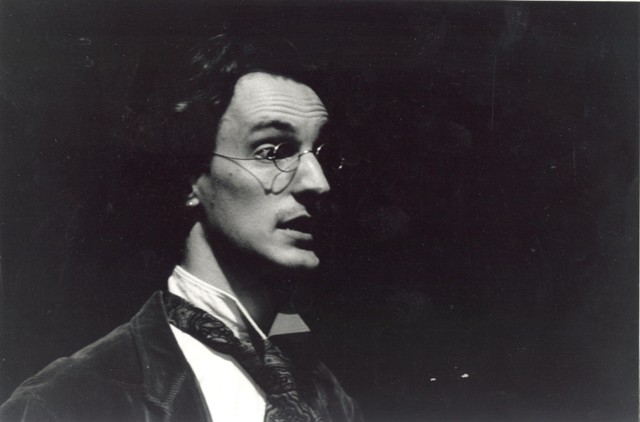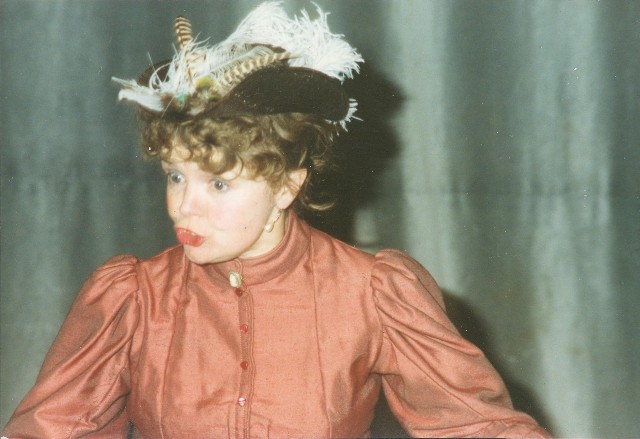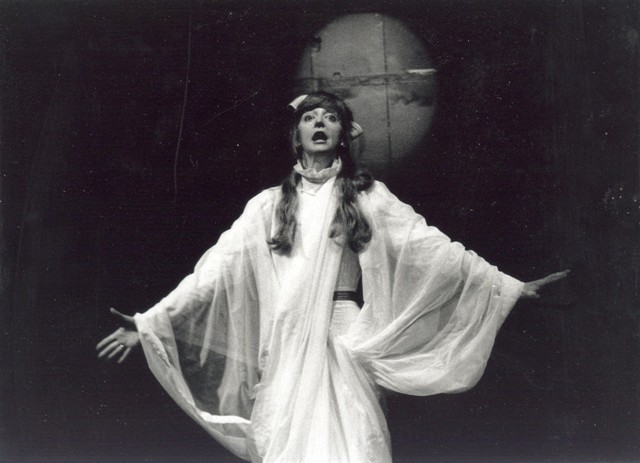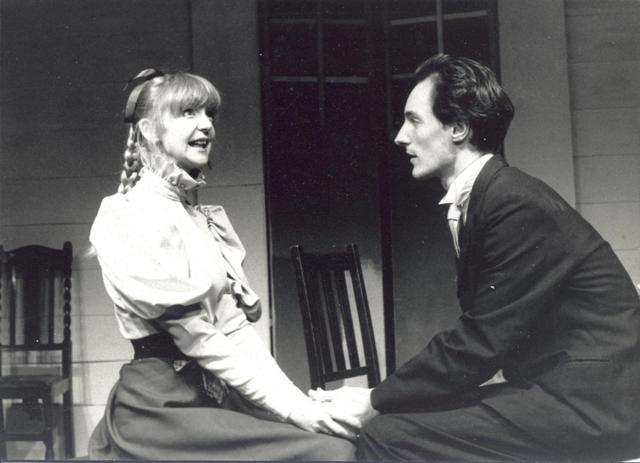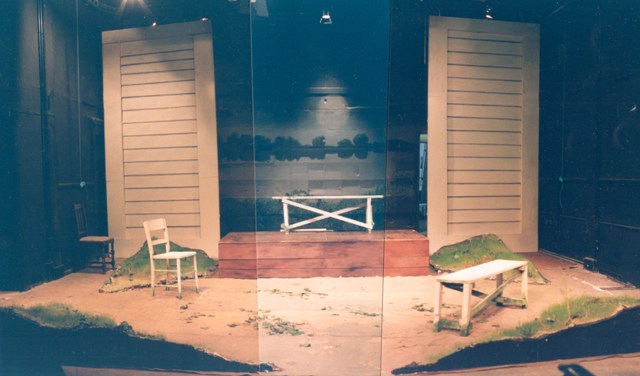The Bench Production
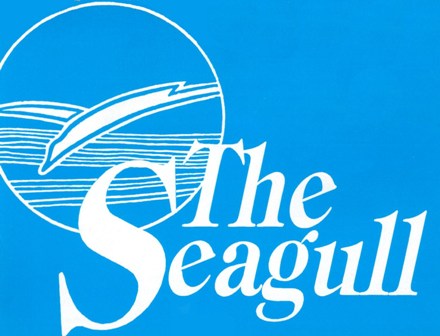
This play was staged at Havant Arts Centre, East Street Havant - Bench Theatre's home since 1977.
Characters
| Irina Arkadina | Ingrid Corrigan |
| Constantine Treplev | Nicholas Moseley |
| Peter Sorin | Jim Hemmings |
| Nina Zarechny | Jane Hemsley-Brown |
| Ilya Shamrayev | Terry Hemsley-Brown |
| Polina Shamrayev | Nicola Scadding |
| Masha | Jo German |
| Boris Trigorin | Steven Foden |
| Eugene Dorn | David Penrose |
| Simon Medvedenko | Vincent Adams |
| Servants | Neil Kendall, Paddy Timmins Lisa Thomas |
Crew
| Director | John Scadding |
| Stage Manager | David Hemsley-Brown |
| Lighting | Grant Best, Mark Gay |
| Costume Design | Jane Hemsley-Brown |
| Set Design | Nicholas Moseley |
Director's Notes
'The Seagull' is the third play by Chekhov which the Bench Theatre Company has mounted - and it doesn't seem to get any easier!
Chekhov's own individual mixture of the passionate and the ridiculous continues to be the very devil to capture. No wonder there is a temptation to simplify his plays and leave out the ridiculous and go for the sad and sentimental. Or just to act quirky and to hell with the heartache.
Well, here we are again, after 'The Cherry Orchard' and 'The Three Sisters', having another go at getting the mix right.
We hope you enjoy the struggle
John Scadding
Programme Notes
Anton Chekhov was born the third of six children. His father ran a corner shop in provincial Russia. After going bankrupt, Papa Chekhov fled to Moscow, leaving young Anton at home to fend for himself and sell the saucepans. He eventually joined the family in Moscow, where they lived next to a brothel, then underneath a dance hall, and eventually in a nice flat paid for by Anton, who sold funny words for balloons in Moscow comics.
He became a medical student, sold comic short stories, and invited Tchaikovsky to tea, who played the piano. Anton's first assignment as a doctor was to pull a girl's tooth out. The doctor nearly fainted. He consequently wrote more and more stories and doctored less and less.
He bought a small country estate south of Moscow where he lived with his parent and two dachshunds called Morphine and Strychnine.
He spent most of his forty four years of life trying to kid himself he didn't have galloping consumption. When he finally admitted it, he married an actress who bought him three new suits and took him to Germany. He died in a hotel opposite the post office drinking champagne at two o'clock in the morning, just as he wished it.
His body was taken back t Russia in a railway truck marked "FOR OYSTERS ONLY". At Moscow railway station, his coffin got mixed up with a famous general's, and he was accompanied to the cemetery by a full brass band and a military escort.
His four main plays are considered some of the greatest ever written. The first of the four is called 'The Seagull'.

